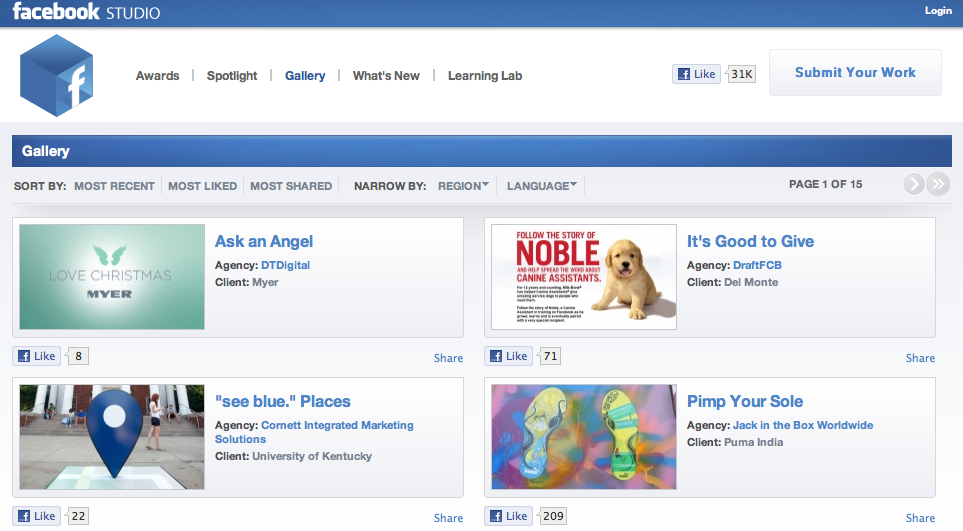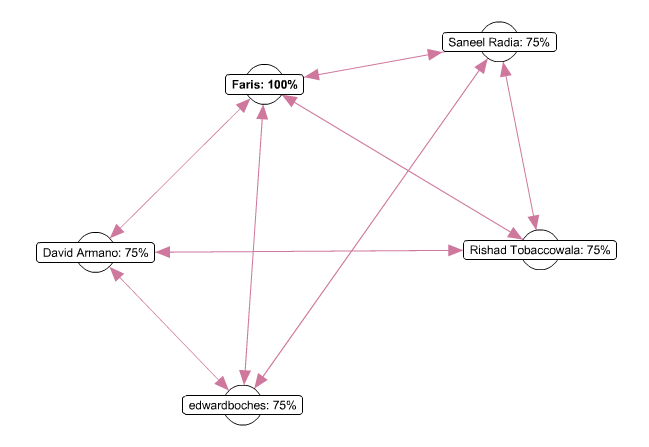Sophie Lee, the Techno Baby
May 5th, 2011
Have you met baby Sophie Lee yet? She’s been making the rounds this week, starring in a heart-warming new spot for Google Chrome that is pulling the heartstrings of the technorati:
…it shows a father using Google products (all accessed through Chrome) to create a scrapbook of his daughter’s early years. Google says it’s based on a true story, although it used actors for the spot. Still, nicely done by Google Creative Lab and Bartle Bogle Hegarty.
How many parents of little ones watch this and think they might start writing to their kid(s) via a destination email account?
With many computer owners not knowing they are even able to download a new browser for their machines, Google is hoping that the sentimental value of its campaign can increase visibility and ultimately downloads.
Google has a winner with it’s current ad for Chrome, as a Dad’s love and pride for his daughter is brilliantly expressed through the thoughtful and personal digital history he creates for her, leveraging Gmail and other Google products from within his Chrome browser.
Tug McTigh, American Copywriter:
Holy schnikes is this awesome. If you’re a parent, you will not be able to hold it together. Fine, fine stuff from Google. And that closing line, “the web is what you make of it” is terrific.
But little is being said about all the layers of technology between us and Baby Sophie. Clair Caine Miller of the New York Times reports that this is part of Google’s “the Web is what you make of it” campaign. But in this day of techno-ubiquity, doesn’t this prove that we are what the Web makes of us?








